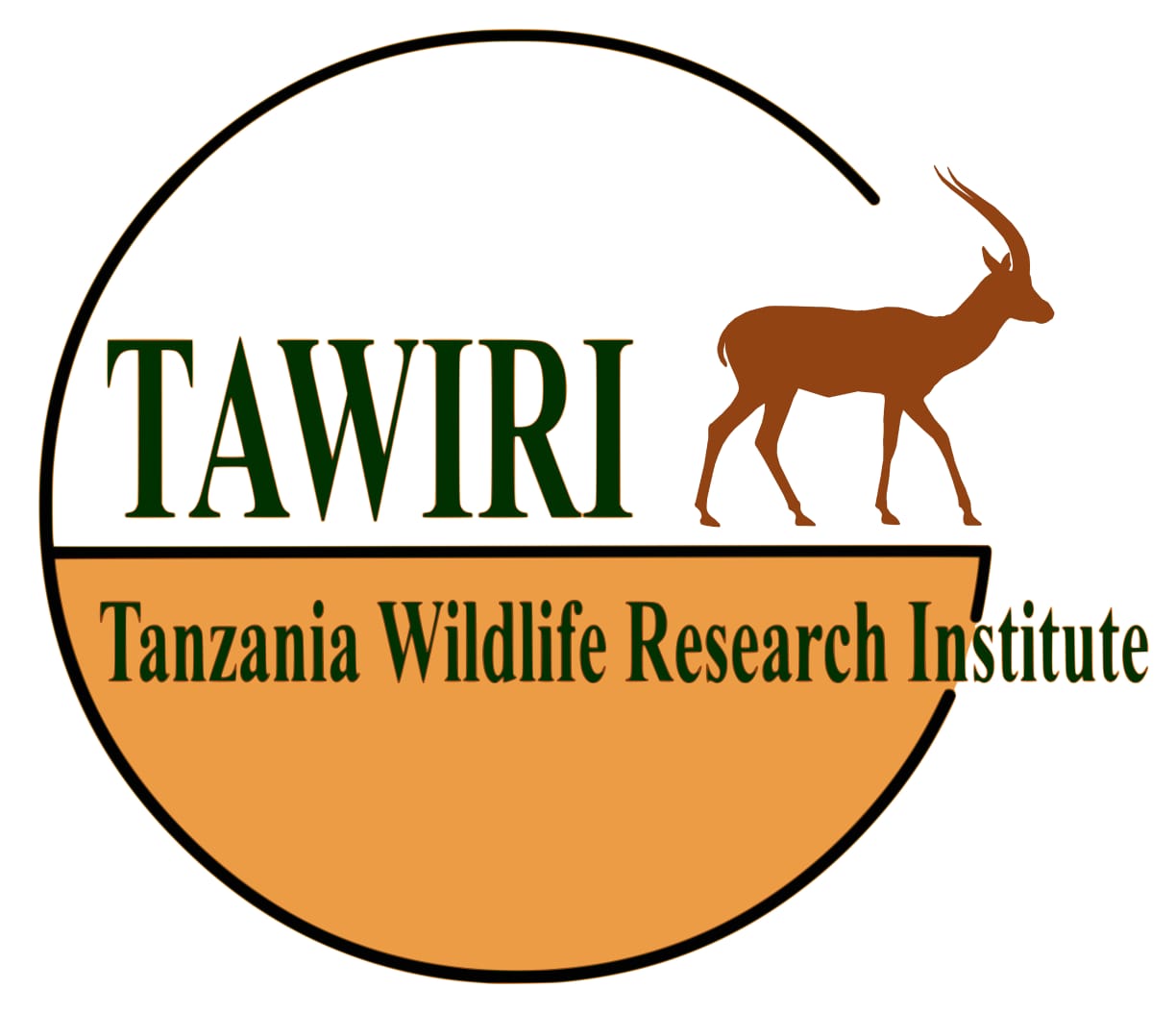Research Preview

Research Project Title
Influence of substrate dynamics on locomotor performance of wild chimpanzees in the Issa Valley
Research Purpose:
Other -(Specify)
Principle Investigator:
Janisch.Judith@gmail.com
Introduction
Biological anthropologists have long presented several theories on primate locomotor evolution and reconstructions of hominin behavior and the selective pressures they faced. Many early fossil hominins would have moved and foraged in savanna-mosaic paleohabitats and not in tropical forests common to most extant apes today. Compared to tropical forests, these savanna-mosaic habitats would have elicited different selective pressures associated with reduced tree density and increased seasonality (Senut et al. 2018, Lindshield et al. 2021). In the absence of direct fossil evidence, quantitative studies of locomotor ecology of wild, extant primates are key to gain insights into the evolution of locomotor adaptations (Rose 1976, Hunt 1994, Thorpe et al. 2007). In particular the variation in substrate is an important factor influencing limb joint kinematics and kinetics of extant primates (Janisch et al. 2024). Chimpanzees (Pan troglodytes) are unique among nonhuman great apes as they live across a wide range of different habitats, presenting a perfect opportunity to investigate how large-bodied, semi-arboreal apes adapt its positional (postural and locomotor) behavior and terrestriality to savanna habitats (Drummond-Clarke et al. 2021). In particular, we want to study the influence of substrate variation during locomotion and explore evolutionary hypotheses about adaptation to dry, open habitats as a driver for hominin and hominid evolution.
Problem Statment
While chimpanzee locomotion has been investigated, but most studies have focused on chimpanzee locomotion in tropical forests or in captivity. Investigating chimpanzee locomotion in the Issa Valley will help us gain new insights in locomotor adaptations of great apes to different substrates. Additionally we will obtain 3D recordings of their locomotor behavior to gain new insights into their biomechanical adaptations to substrate variation.
General Research Objective
The primary goal of the research proposed is to use cutting-edge analytical tools to better understand how wild chimpanzees adjust locomotor kinematics to respond to ecological variation in substrate mechanics and how these adjustments affect locomotor performance.
Other Details
| Clearance# | Clearance Date | Permit# | Permit Date | Commencement Date | Completion Date |
|---|---|---|---|---|---|
| None | CST00000797-2024-2024-01063 | Jan. 27, 2024, midnight | Sept. 20, 2024 | Sept. 5, 2025 |
Priority Research Theme & Areas
| Priority Research Theme | Research Area |
|---|---|
| WILDLIFE ECOLOGY AND ECOLOGICAL INTERACTIONS | Animal-plant interaction |
Project Location
| Region | Wildlife Area | District | Species |
|---|---|---|---|
|
Katavi |
Mpanda |
Project Researchers
| Researcher | Role |
|---|---|
| Judith Janisch | Principal Investigator |
| Alexander Piel | Co-researcher |
| Pius Kavana | Co-researcher |
| Gabriel Mayengo | referee |
Reseach Objectives
| Sn | Objective | Methods | Description | ||
|---|---|---|---|---|---|
| 1 | We will quantify the morphology of the arboreal substrates employed for locomotion using proven remote-sensing methods. Specific measurements include diameter, 3D orientation, height above ground and compliance. |
|
|||
| 2 | We will use multi-camera videography to document the locomotor kinematics of apes during terrestrial and arboreal locomotion on a range of varying substrate, quantifying kinematic and kinetic variables. |
|
|||
Reseach Attachments
| Attachment Name | Attachment |
|---|---|
| Full Proposal | proposal_TAWIRI.pdf |
 Nwris
Nwris